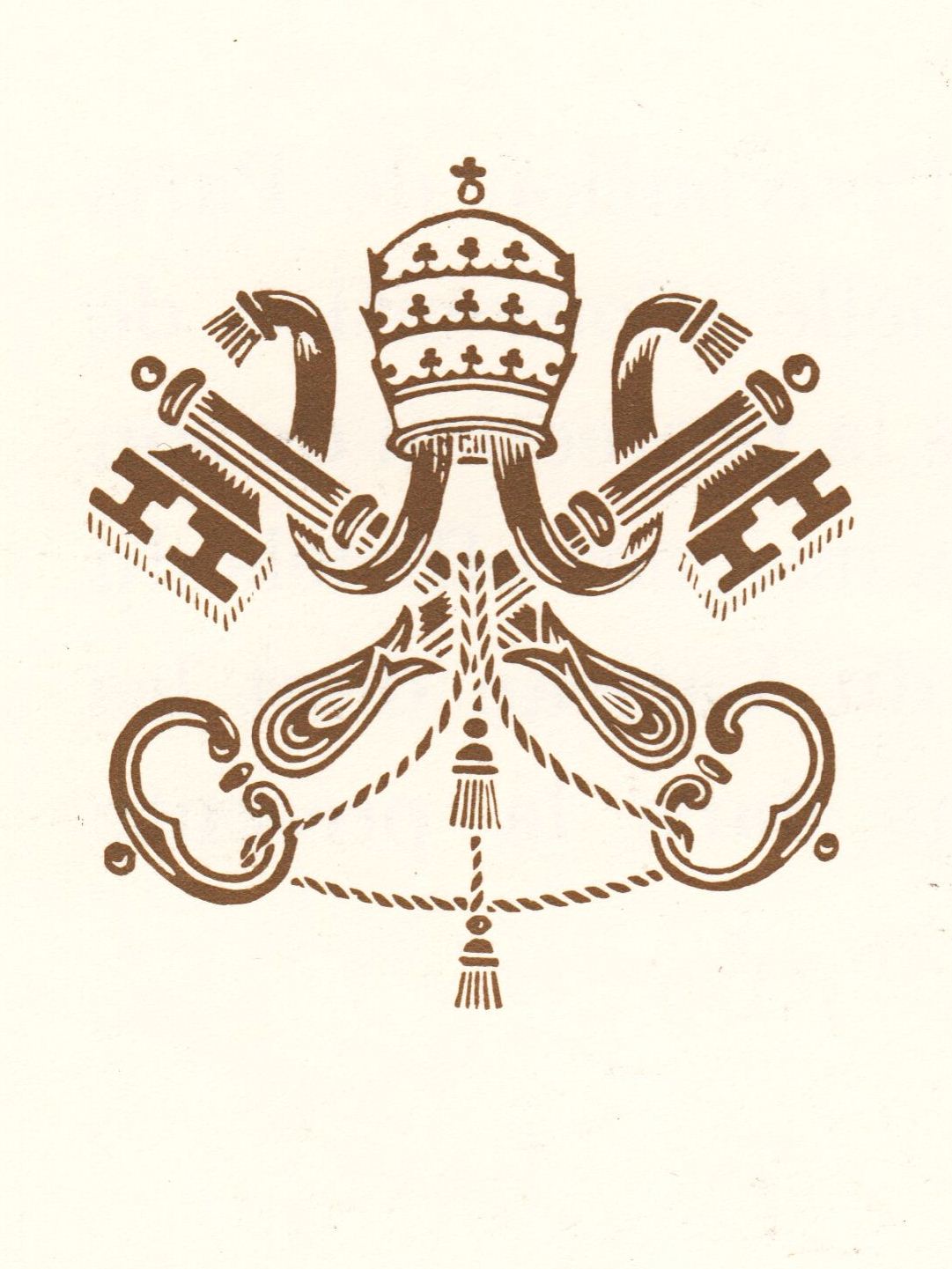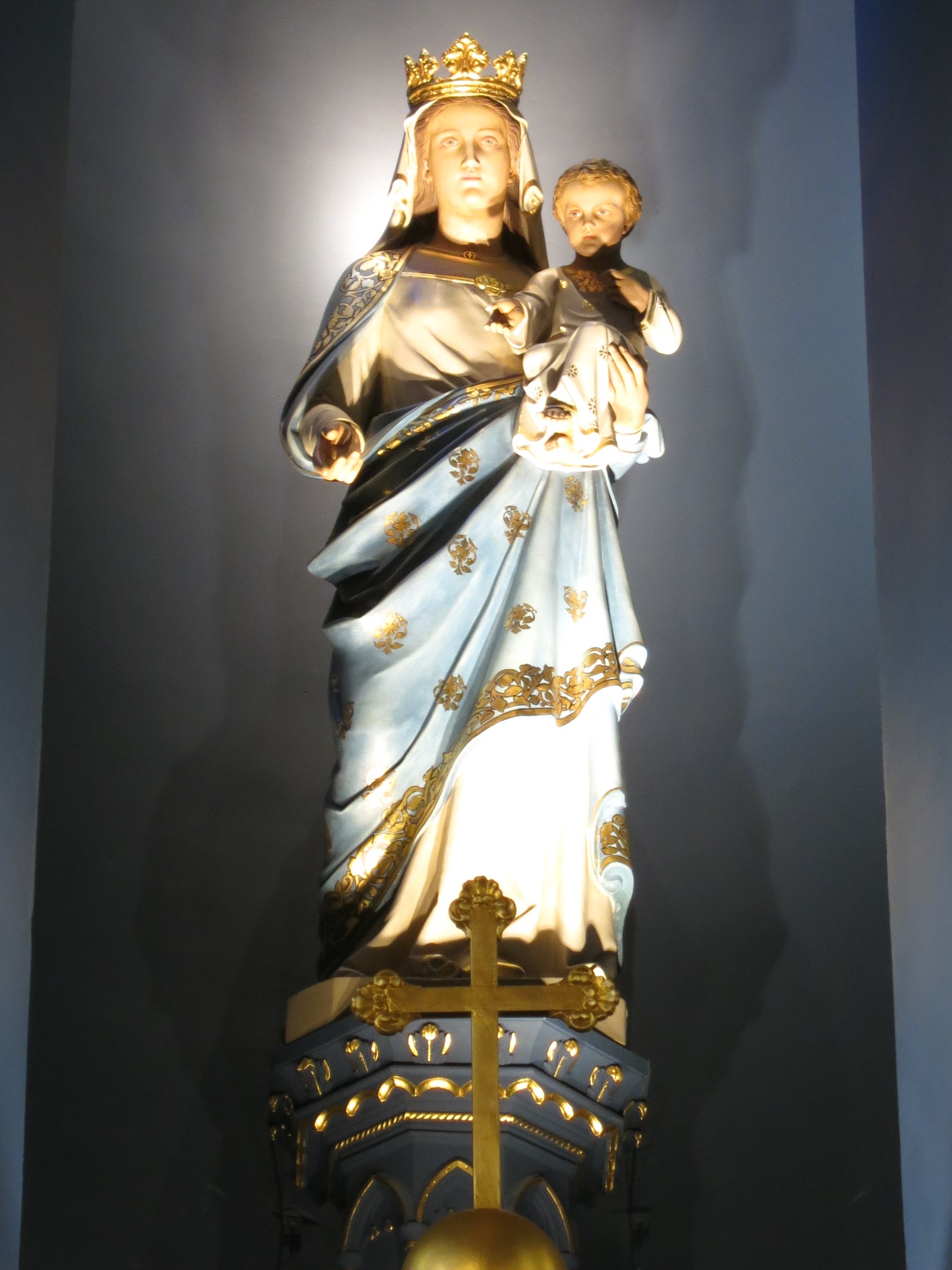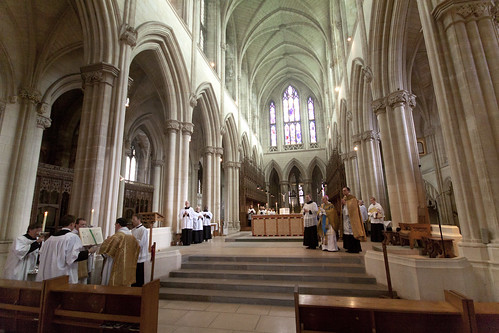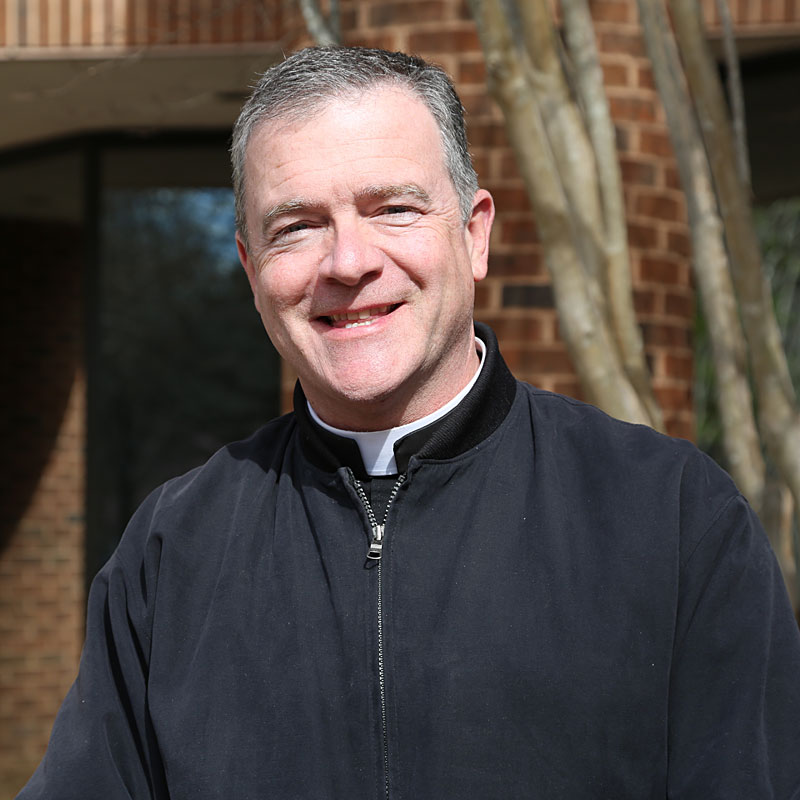APOSTOLIC LETTER
SCRIPTURAE SACRAE AFFECTUS
OF THE HOLY FATHER
FRANCIS
ON THE SIXTEEN HUNDREDTH ANNIVERSARY
OF THE DEATH OF SAINT JEROME
Devotion to sacred Scripture, a “living and tender love” for the written word of God: this is the legacy that Saint Jerome bequeathed to the Church by his life and labours. Now, on the sixteen hundredth anniversary of his death, those words taken from the opening prayer of his liturgical Memorial[1] give us an essential insight into this outstanding figure in the Church’s history and his immense love for Christ. That “living and tender love” flowed, like a great river feeding countless streams, into his tireless activity as a scholar, translator and exegete. Jerome’s profound knowledge of the Scriptures, his zeal for making their teaching known, his skill as an interpreter of texts, his ardent and at times impetuous defence of Christian truth, his asceticism and harsh eremitical discipline, his expertise as a generous and sensitive spiritual guide – all these make him, sixteen centuries after his death, a figure of enduring relevance for us, the Christians of the twenty-first century.
Introduction
On 30 September 420, Saint Jerome died in Bethlehem, in the community that he had founded near the grotto of the Nativity. He thus entrusted himself to the Lord whom he had always sought and known in the Scriptures, the same Lord whom, as a Judge, he had already encountered in a feverish dream, possibly during the Lenten season of 375. That dream proved to be a decisive turning point in his life, an occasion of conversion and change in outlook. He saw himself dragged before the Judge. As he himself recalled: “Questioned about my state, I responded that I was a Christian. But the Judge retorted: ‘You lie! You are a Ciceronian, not a Christian’”.[2] Jerome had loved from his youth the limpid beauty of the Latin classics, whereas the writings of the Bible had initially struck him as uncouth and ungrammatical, too harsh for his refined literary taste.





















